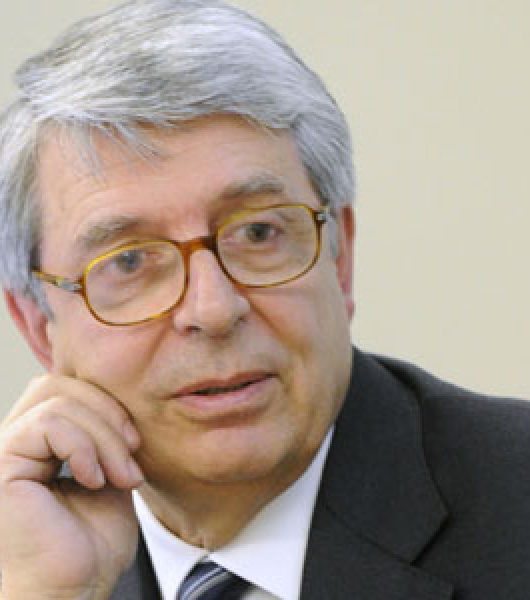ASviS 2017 Report Presented
The research on sustainable development in Italy was conducted thanks also to the contribution of Trento-based IRVAPP (FBK)
On Thursday, September 28, the House of Representatives presented the 2017 Report of the Italian Sustainable Development Alliance (ASVIS), the largest network of sustainability organizations in Italy.
The report, which illustrates the country’s situation on its path towards achieving the 17 sustainable development objectives enshrined in UN Agenda 2030, was also compiled thanks to the contribution of IRVAPP, the Institute for Evaluation Research on Public Policies of Trento-based Fondazione Bruno Kessler, led by Antonio Schizzerotto.
In particular, the Institute contributed its knowledge capital for the definition of fair and sustainable welfare indicators, and the chapter devoted to education policies. Among the few independent research centers in Italy in the position of assessing the effects of public policies at the highest international quality standards, IRVAPP is paying particular attention to education policy studies, actions for the integration of immigrants, initiatives to fight poverty, active and passive labor policies and industrial policies. In May, in collaboration with ASviS and MUSE, IRVAPP had organized the Sustainable Development Festival in Trento, an open debate around key issues such as fairness, biodiversity, inequality, innovation, education and environmental protection.
Fondazione Bruno Kessler joined ASviS in March 2017 after having demonstrated that it possesses the required certifications through initiatives and projects promoted in the context of sustainable development. In addition to IRVAPP, the Center for Information Technologies (ICT), led by Paolo Traverso, and the Center for Materials and Microsystems (CMM), led by Gianluigi Casse, are working in this direction by promoting research and innovation projects in the field of environmental sustainability also in collaboration with top international research centers.

